히에라폴리스 고고학 박물관
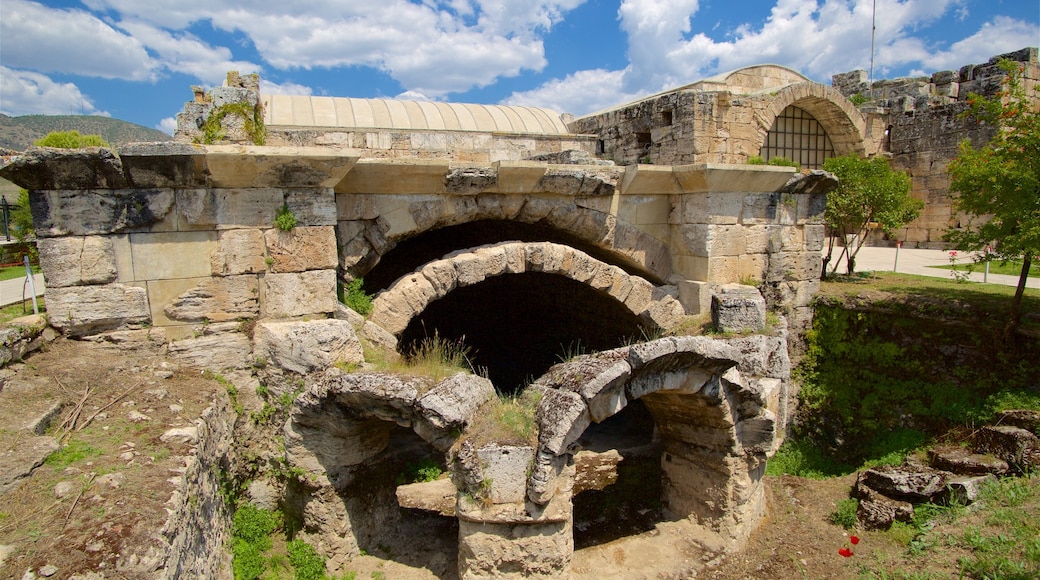

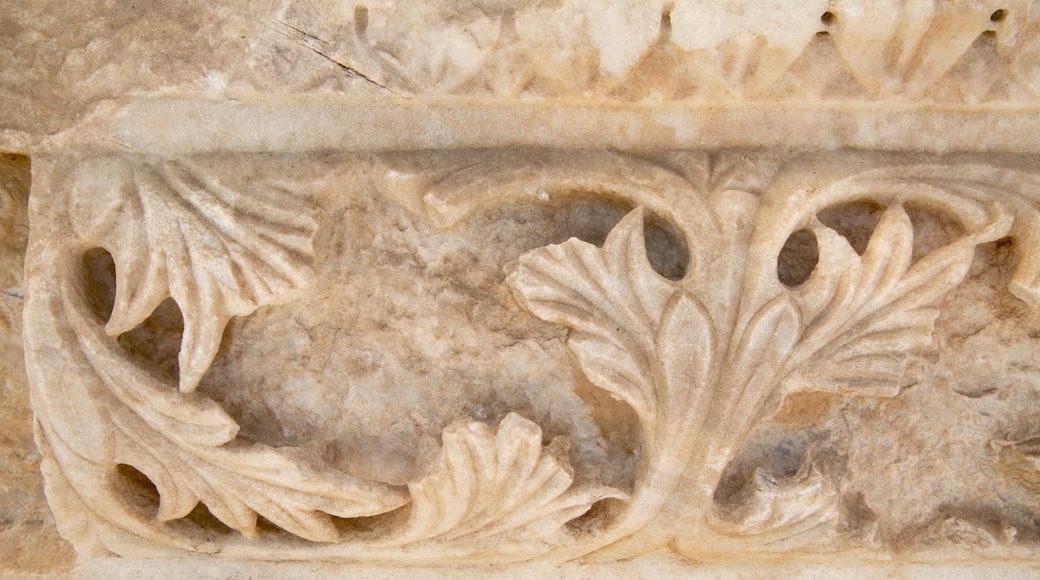


히에라폴리스 고고학 박물관 여행 정보
가볼 만한 인기 명소
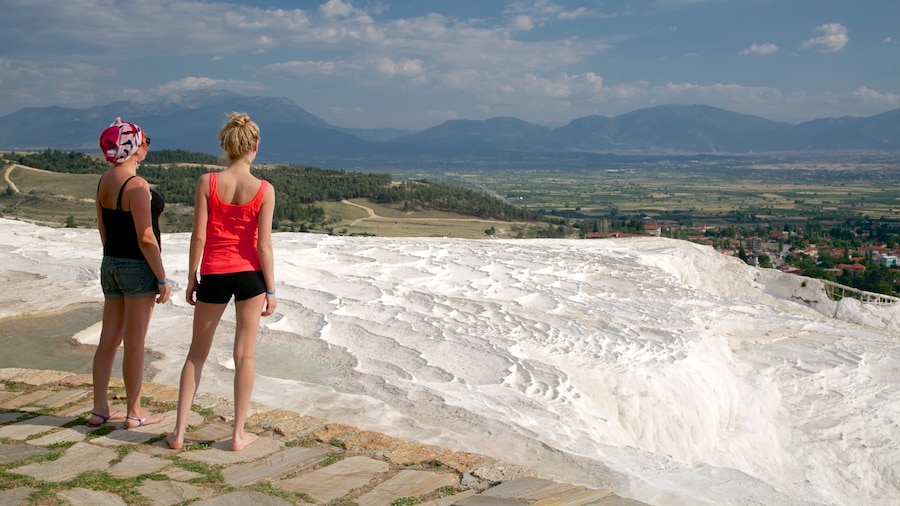
파무칼레 온천
5/5(이용 후기 1개)
데니즐리 여행을 하는 동안 파무칼레 온천에 들러 자연을 벗 삼아 멋진 야외 활동을 즐겨보세요. 이곳을 여행하며 자연을 느낄 수 있는 명소의 길을 따라 여유로운 산책을 즐겨보세요.
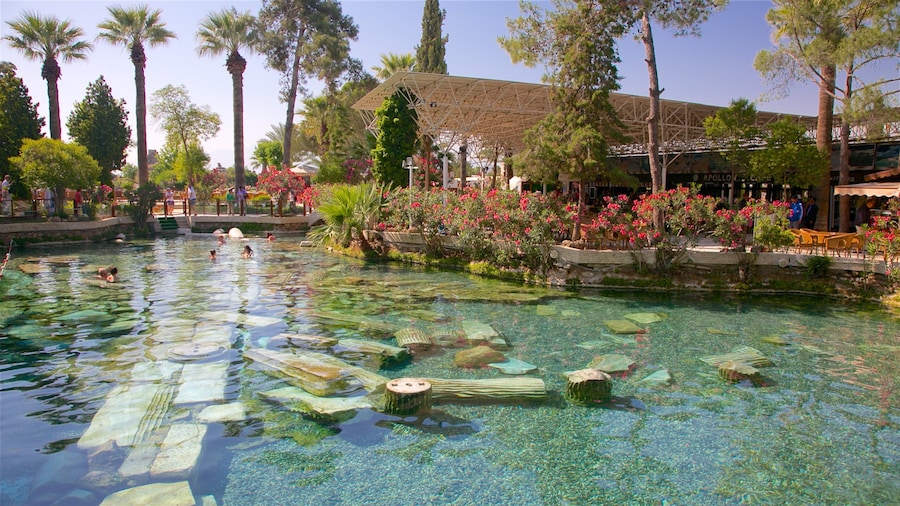
고대 수영장
데니즐리 여행을 하는 동안 고대 수영장에 들러 자연을 벗 삼아 멋진 야외 활동을 즐겨보세요. 이곳은 예스러운 분위기를 간직한 여행지예요. 스파에 방문하거나 자연을 느낄 수 있는 명소에 들러 여유롭게 산책해 보세요.
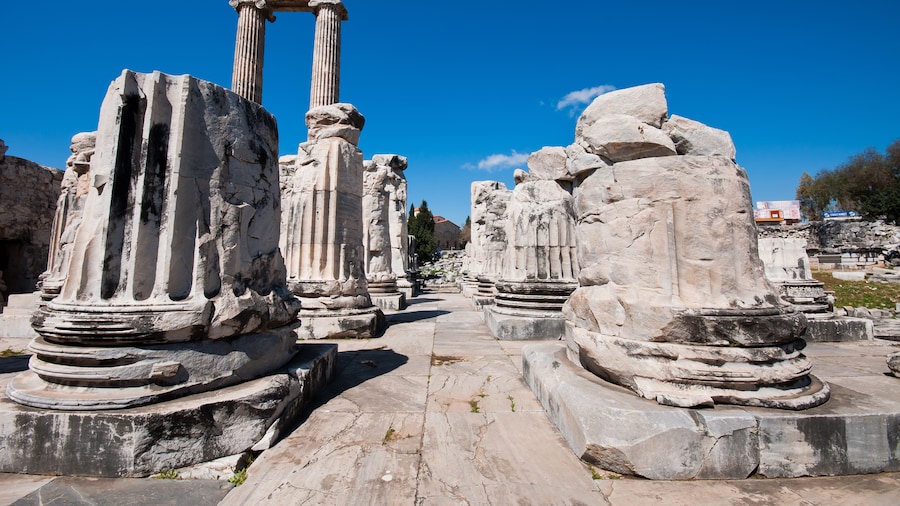
Temple of Apollo
데니즐리의 Temple of Apollo에서 이곳 역사에 대해 배워보세요. 이곳은 예스러운 분위기를 간직한 여행지예요. 스파에 방문하거나 자연을 느낄 수 있는 명소에 들러 여유롭게 산책해 보세요.

히에라폴리스
4/5(이용 후기 1개)
데니즐리의 히에라폴리스에 들러 이곳 역사를 배워보세요. 이곳은 예스러운 분위기를 간직한 여행지예요. 스파에 방문하거나 자연을 느낄 수 있는 명소에 들러 여유롭게 산책해 보세요.
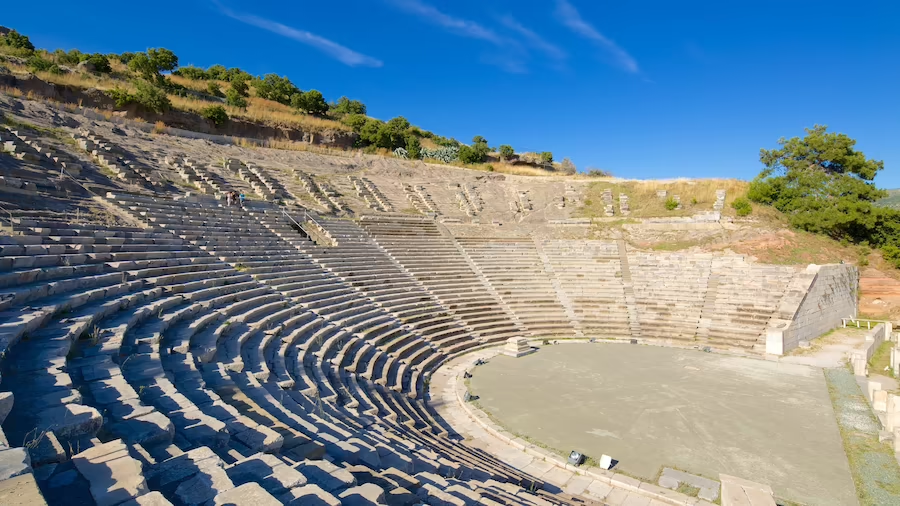
Pamukkale-Hierapolis
데니즐리의 푸르른 자연을 만끽할 수 있는 Pamukkale-Hierapolis에서 추억에 남을 멋진 야외 활동을 즐겨보세요. 이곳을 여행하며 역사적 의미가 있는 기념비에 방문해 보세요.

히에라폴리스 극장
5/5(이용 후기 1개)
데니즐리의 히에라폴리스 극장에 들러 이곳 역사에 대해 배워보세요. 이곳을 여행하며 자연을 느낄 수 있는 명소의 길을 따라 여유로운 산책을 즐겨보세요.
히에라폴리스 고고학 박물관 호텔 특가
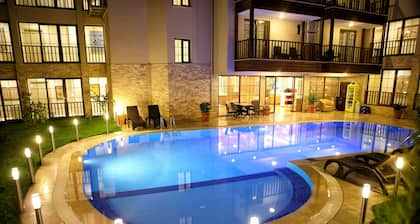
비너스 스위트 호텔
Pamukkale Mah. Sümbül Sokak No:7, Denizli, Denizli

도트 메브심 호텔
Hasan Tahsin Cad. No:19, Denizli, Denizli

웨스트 포인트 파묵칼레
Bahçe Sk. no 4, Denizli, Denizli

벨라마리티모 호텔
Menderes Caddesi, No:46, Denizli, Denizli

안야 리조트 호텔
Zakkum Sk., Denizli, Denizli

아르테미스 요륵 오텔 올드 타운 파묵칼레
Pamukkale Mahallesi, Cumhuriyet Square No:1, Denizli, Denizli

리치먼드 파무칼레 서멀
Karahayit, Denizli, Denizli

파묵칼레 화이트 헤븐 스위트 호텔
Pamukkale mahallesi, Mehmet Akif Ersoy (pamuk) Bulvari no:27, Denizli, Denizli
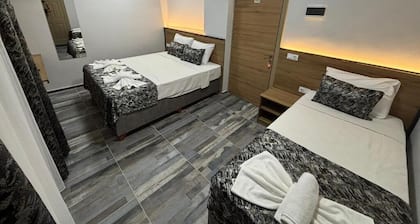
아카펠라
pamukkale mahallesi sirin sokak no.8, Denizli, pamukkale
표시된 요금은 지난 24시간 이내 성인 2명 1박 기준 최저가입니다. 요금과 예약 가능 여부는 변경될 수 있으며, 추가 약관이 적용될 수 있습니다.